Over the one hundred plus years of its existence, Grand Central Terminal has reinvented itself many times to keep pace with the needs of its customers. When long range passenger trains were the norm, passengers could sit and watch a movie at Grand Central’s theater while waiting for their train to depart, or sit in the Terminal’s grand waiting room in Vanderbilt Hall. Today, all of the long distance trains have disappeared, replaced with Metro-North’s commuter service where trains are frequent enough that one rarely has to wait long. While today’s dashing commuter would have little use for a theater, they certainly make use of Grand Central’s new market, where they can quickly grab the ingredients for the dinner they’ll make after the train whisks them home. Even the less-used waiting room (which in high-society days had segregated fancy areas for both men and women) has moved out of the large Vanderbilt Hall into the smaller Stationmaster’s Office, converted into event space to capture the wandering person’s interest. Yet even part of that event space is slated for a conversion into more on-the-go eateries for the dashing commuter, an alternate option to picking up the ingredients in the market.
All of this reinvention has kept Grand Central relevant – it has retained its character as a landmark, yet constantly refreshed itself to keep with the times, all while remaining dedicated to its primary purpose of being a train station. As we speak, Grand Central is in fact reinventing itself yet again, although you may not be able to see the changes quite yet – they are far below your feet and deep underground. As cars clog our highways and roads, public transportation on the east and west sides of Manhattan are almost islands unto themselves. The MTA’s two railroads, Metro-North and the Long Island Rail Road, operate from separate stations with little linkage between them. Metro-North’s riders filter into the east side of Manhattan, while Long Island’s into the west. But what if we could change all that – give Long Island riders the option to arrive in the east side, and give Metro-North riders the ability to board trains to Long Island inside Grand Central, all while opening up a far easier public transit connection to JFK airport from the east side? All of these are goals of the ongoing East Side Access project, which is expected to continue for at least the next eight years. The project will create a link between the Long Island Rail Road and Metro-North, adding a new terminal below Grand Central with eight new tracks, as well as the addition of 22,000 square feet of new retail space.
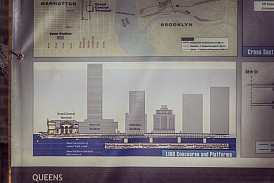 Â
 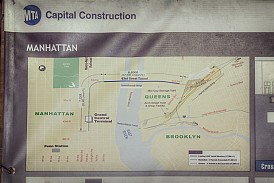
Diagrams of East Side Access, how the new terminal is situated under current buildings (left), and how trains from Long Island will be routed into Grand Central (right).
In reality, East Side Access picks up a project that had begun in the late 60s that had been cancelled due to lack of funds in the 70s. Restarted in earnest in 2007, large tunnel boring machines were assembled underground and began to carve out the tunnels necessary for the trains. By 2011 the tunnel boring had been completed, and work slowly continues to further excavate, pour concrete, and waterproof the tunnels (all the while, no fossilized turtles were found to halt the project, as we joked for April Fools Day 2013). Contracts for the concourse, which according to renderings will imitate the aesthetics of the Terminal, were recently awarded, although work has not begun on that portion of the project as of yet.
So what does East Side Access look like as of right now? Grab your protective gear, and let’s take a journey deep underground to take a look…


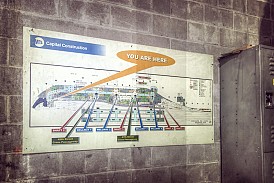
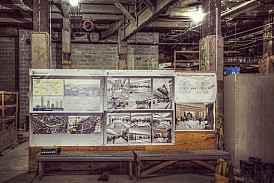
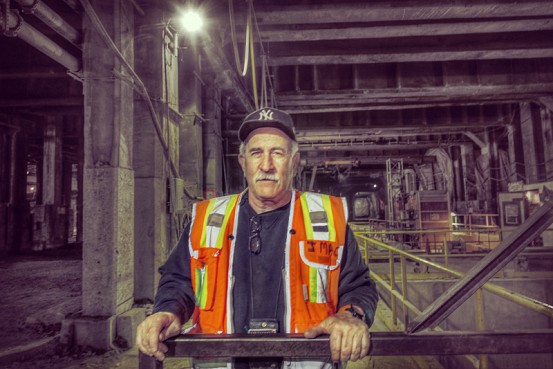
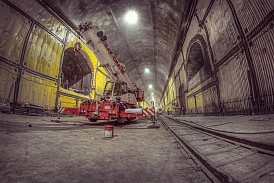
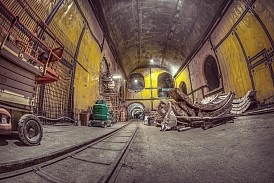
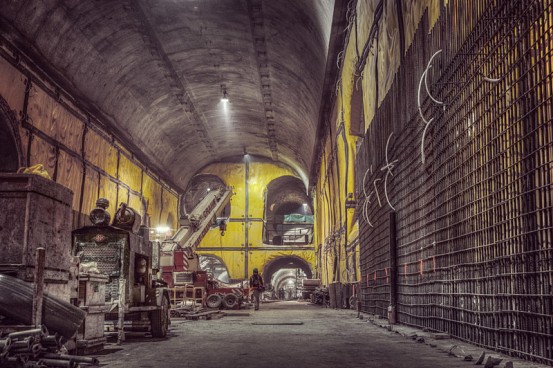
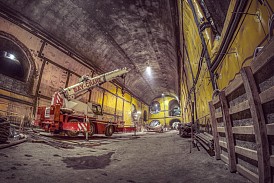
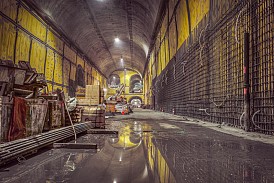
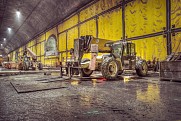
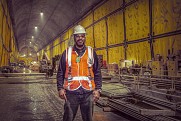
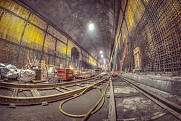
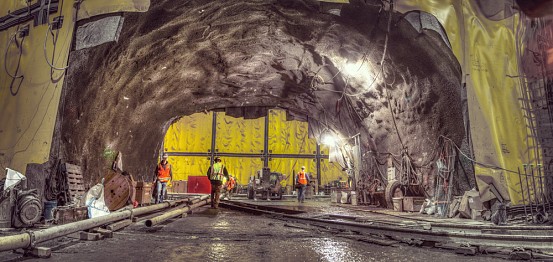
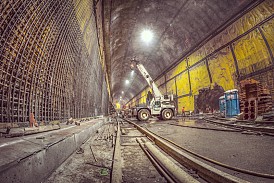
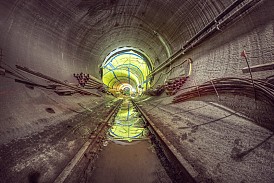
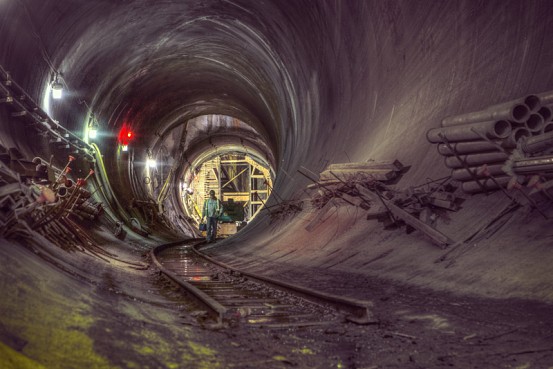
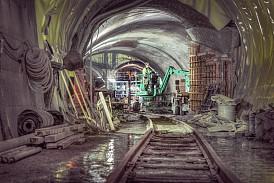

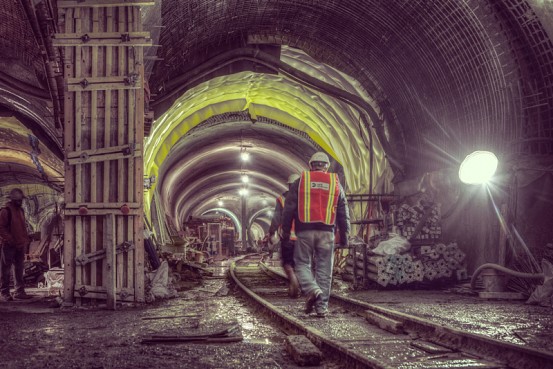
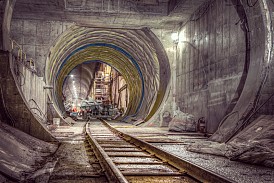
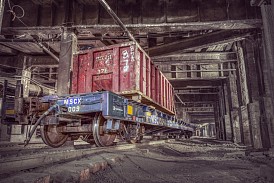
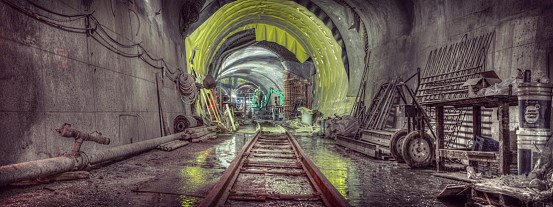
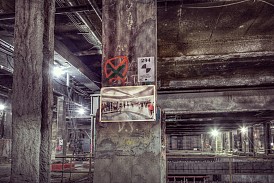
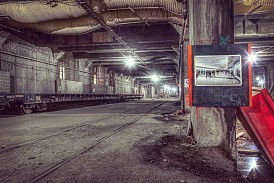
Way cool, Emily! Great photos as always, and I love what you wrote about the constant reinvention of Grand Central. I’d never thought about it in that way before.